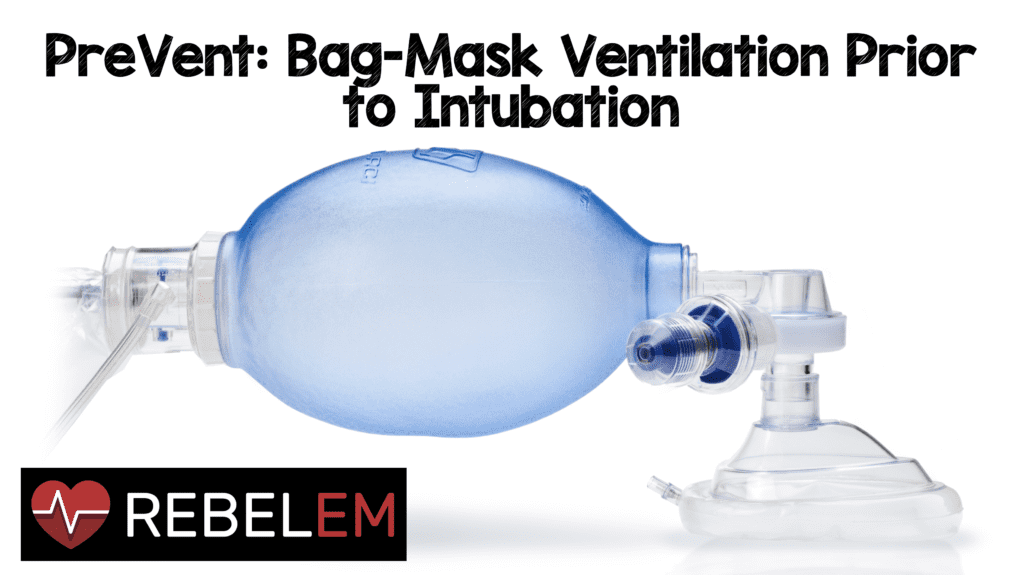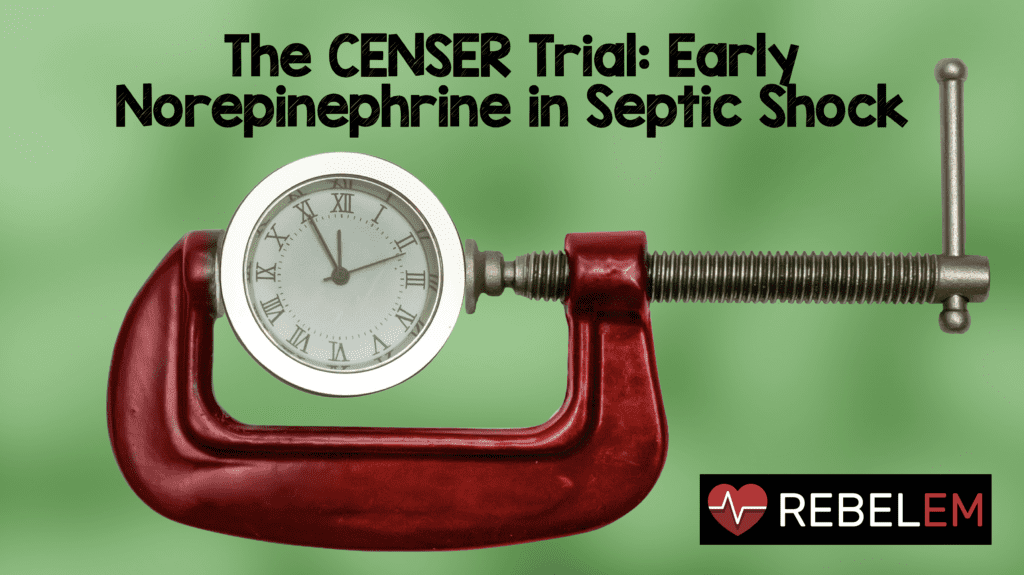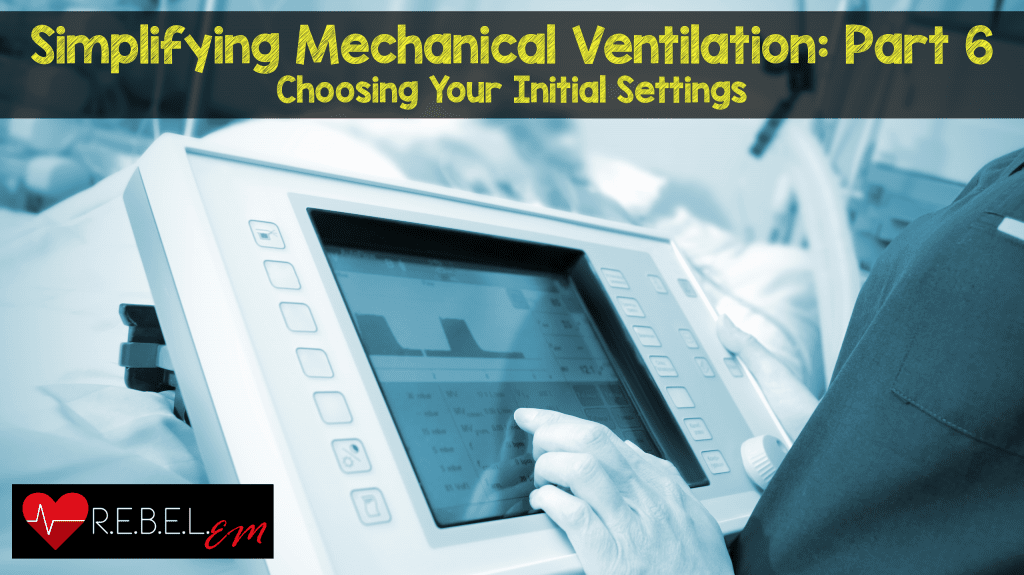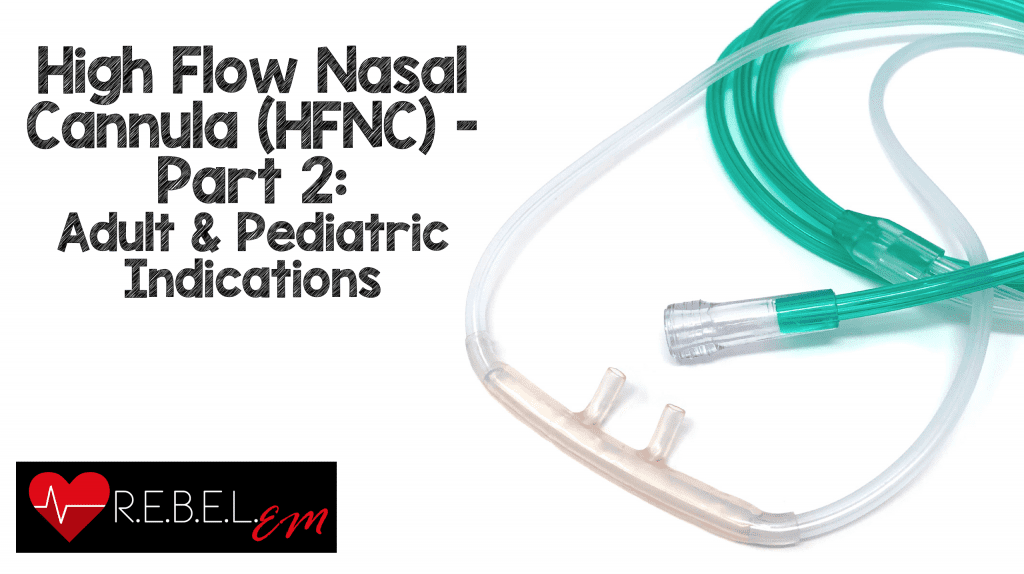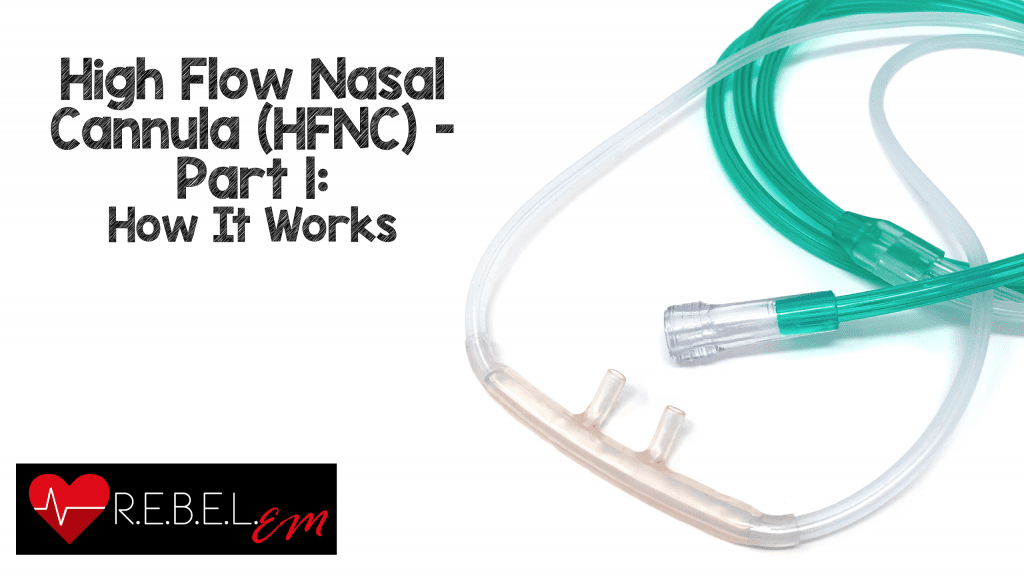JC: Time to put the REBOA Balloon Away? Maybe, Maybe Not…
The management of the critically hemorrhaging trauma patient has seen a large amount of change over last decade, from bringing care far forward to the field to early use of blood products to civilian translation and application tourniquets to name a …



